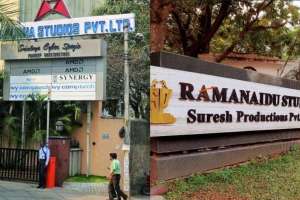Hyderabad is set to transform its railway infrastructure with the development of three major terminals on the city’s outskirts. The ambitious project aims to decongest existing stations and prepare the city for the next 50 years of rail traffic growth.
The largest of the three terminals will be built at Nagulapalli, near ORR Exit 2. Spread across 325 acres, this terminal will feature 20 platforms, making it India’s third-largest railway station. The facility is designed to handle 2.32 lakh passengers and 325 trains daily.
The Nagulapalli terminal will include 14 pit lines and 24 stabling lines for train maintenance and parking. It will serve as a gateway for routes connecting Mumbai, Pune, Bidar, and Hubballi.
The second terminal at Jukal, near Shamshabad, will occupy 300 acres and feature 18 platforms. This station is being positioned as a super-hub for South India, particularly serving the Bengaluru line.
The third terminal will come up at Dabilpur, near Manoharabad, on 250 acres with 14 platforms. This station will primarily cater to northern and pilgrimage routes, including the Nizamabad-Shirdi corridor.
All three terminals are being designed with full integration with the city’s existing and upcoming transport systems. They will connect seamlessly with MMTS (Multi-Modal Transport System), Hyderabad Metro, and the Regional Ring Road (RRR).
The new terminals are expected to significantly reduce pressure on the existing stations at Secunderabad, Kacheguda, and Nampally, which currently handle heavy passenger traffic and face space constraints.
In addition to the new terminals, railway authorities are also upgrading the Malakpet station with an investment of ₹26.5 crore. The revamp includes a new façade, foot overbridge (FOB), lifts, escalators, and a roof plaza. The modernized station is expected to be completed by June 2026.
The development of these peripheral terminals is part of a larger strategy to improve connectivity for suburban areas and reduce travel time for passengers commuting from the city’s edges. The projects are designed to accommodate future expansion and growing passenger demand over the coming decades.








